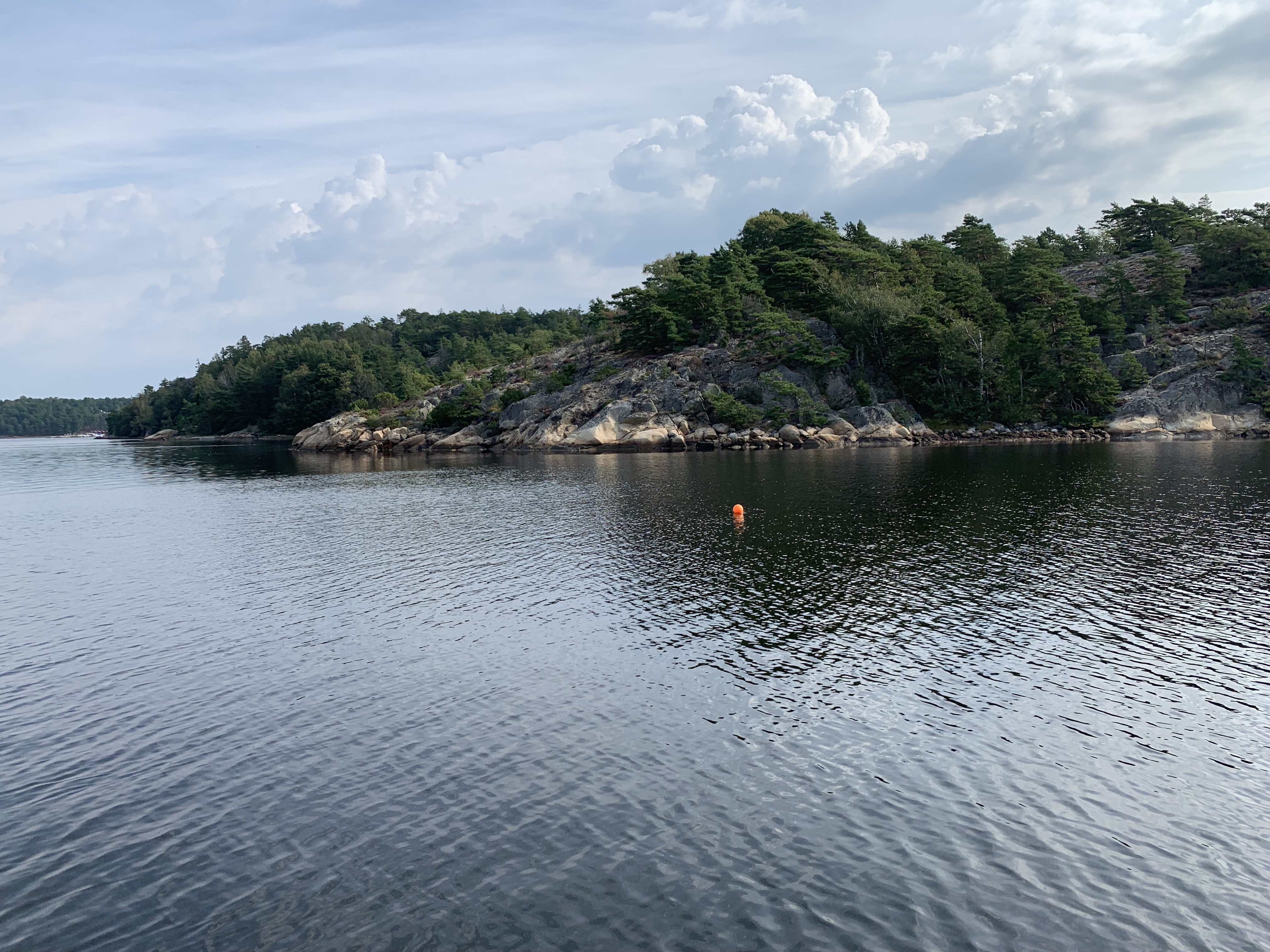During summer, a significant amount of recreational boating takes place along the Swedish west coast. The Kosterhavet National Marine Park is renowned for its stunning landscape of islands and rich marine life, making it a popular destination for recreational boat owners. But how much underwater noise do these motorboats generate? And how does this noise propagate into the environment? Next, the future soundscapes for the policy scenarios will be predicted, to assess how effectively they reduce noise pollution in the North Sea.
| As part of the DEMASK project, the IVL Swedish Environmental Research Institute has conducted underwater sound measurements along the coast. The research is carried out by marine ecologist Anna-Sara Krång and underwater acoustics experts Carl Andersson, Julia Winroth and Torbjörn Johansson. The project’s goal is to develop an underwater noise map for the area around the Swedish west coast. Underwater sound recorders have been deployed at five locations to continuously collect sound data during the months July and August 2024. | |
Implications for marine biodiversity “In summer, the area is a vital habitat for fish and other marine animals to breed and nurture their young, while also heavily trafficked by boats during this time. The underwater sound measurements will help us assess the impact on these animals,” says marine ecologist Anna-Sara Krång. In addition to mapping underwater noise, the IVL researchers are investigating how underwater sound propagates in shallow coastal waters. They are also studying the underwater noise generated by boats operating at various speeds. The measurement of sound propagation in this complex archipelagic environment represent the first step towards developing a model for sound behavior. “We’re eager to see what acoustic effects we will be able to predict from this unique dataset,” states underwater acoustics expert Carl Andersson. The trials conducted by IVL as part of the DEMASK project have been successful, and have generated valuable data, marking a significant step forward in understanding the impact of underwater noise from boats on marine biodiversity. |
